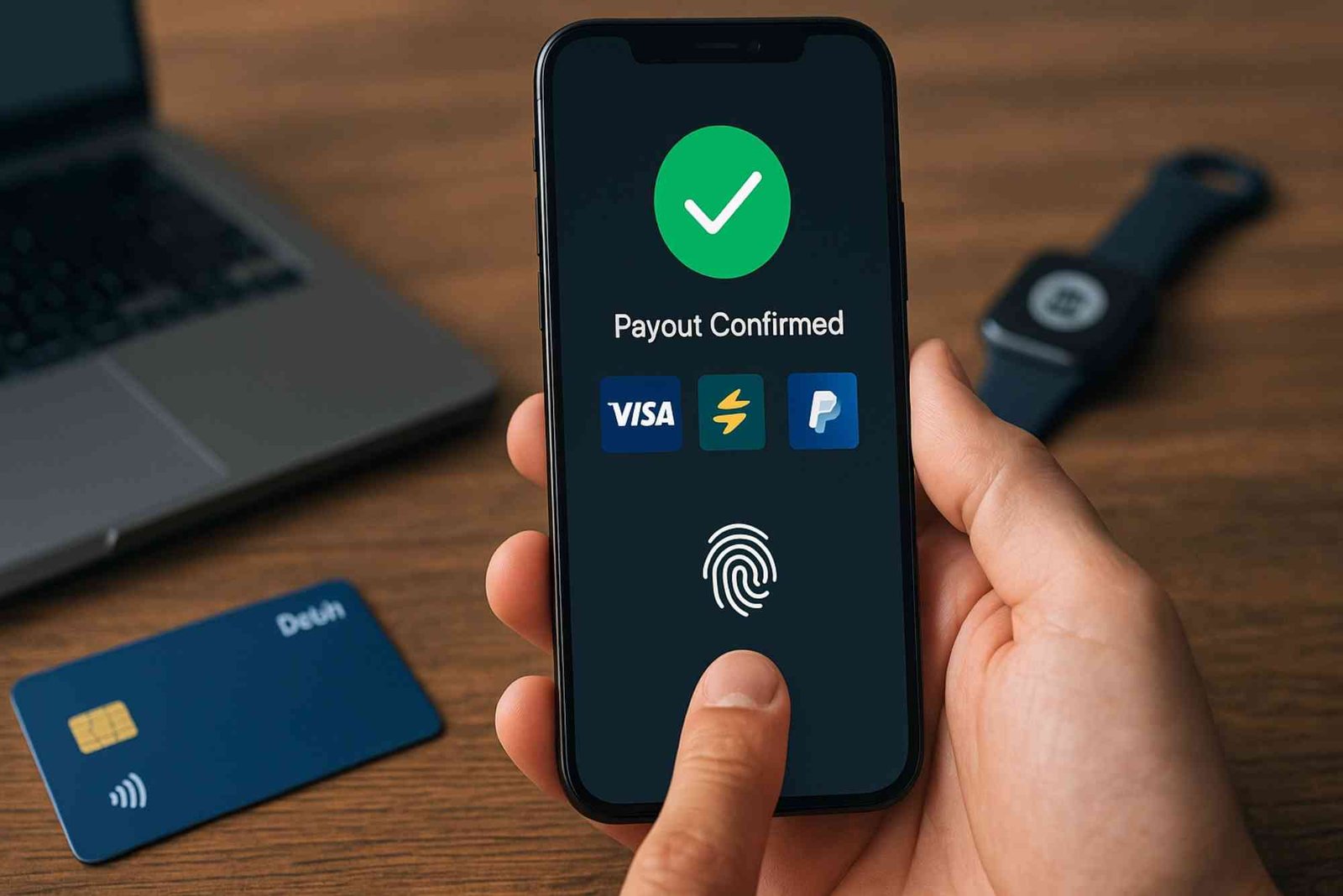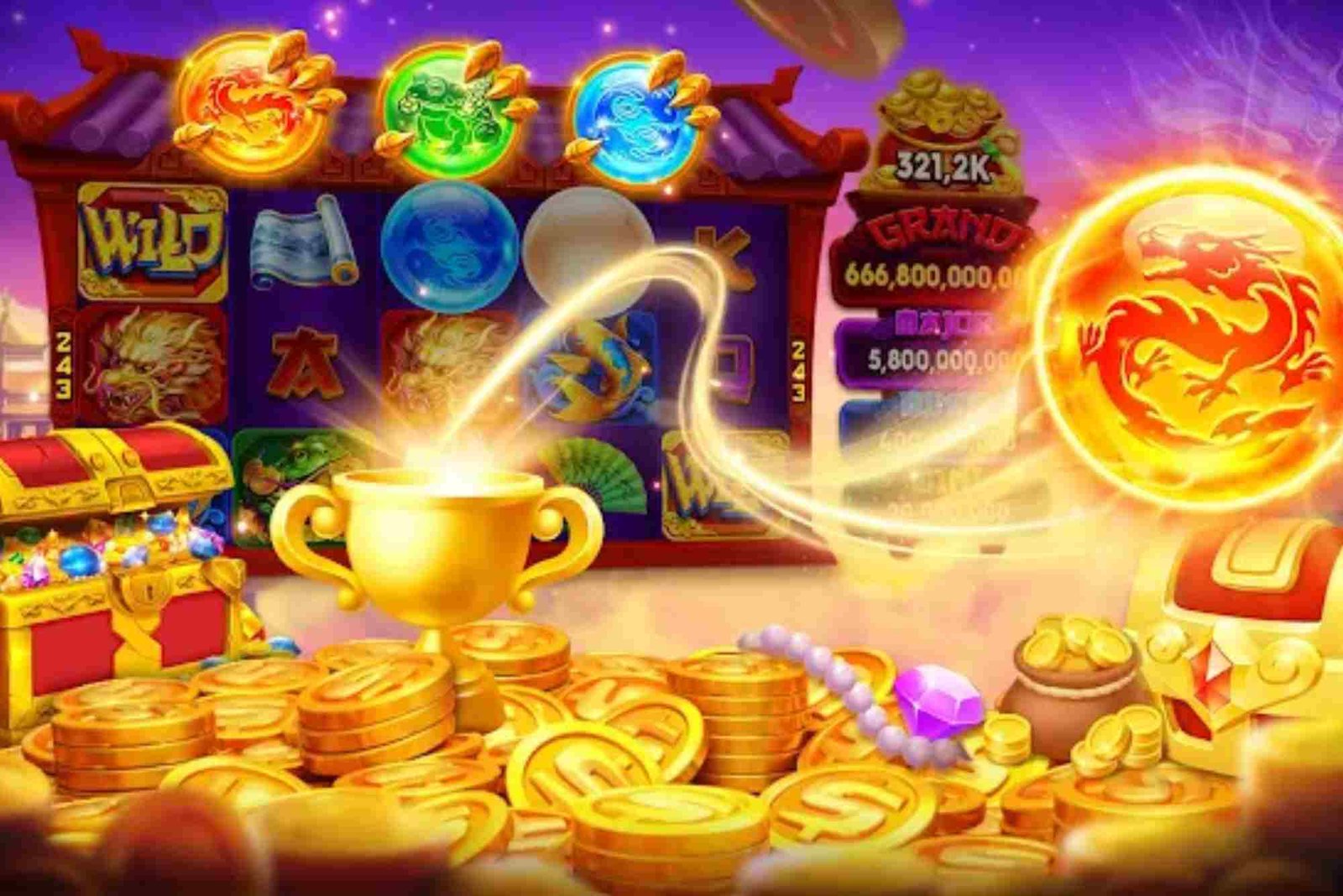Free slot games have become a staple in the mobile gaming world. You might have downloaded one “just to try it out,” only to find yourself hours later still tapping the spin button, drawn in by colorful animations and surprise bonus rounds. But if you’re not depositing real money, how exactly do these apps keep the lights on—and generate profit for their developers? Having spent years playing and analyzing slot games, I decided to dig into the economics behind those free reels to uncover exactly how these games pay for themselves.
The business model behind so-called “free” slots
At first glance, free slot games feel like a gift: unlimited spins, no deposit required, and all the excitement of a casino in your pocket. Behind the scenes, though, these apps use a variety of revenue streams to monetize your gameplay. Advertising is perhaps the most obvious. Whether it’s a quick banner at the bottom of the screen or an unskippable video ad between sessions, these slots capitalize on eyeballs. Every ad view generates a small payment from advertisers, and cumulatively, that can become a substantial source of income—especially when millions of players are taking spins each day.
But advertising isn’t the only lever. Developers often offer in-app purchases, letting you buy virtual coins or gems to extend your play. While the game itself is free to download, buying extra currency can help you unlock new machines, trigger bonus features more quickly, or keep the fun going without waiting for free daily spins. In my early days of playing, I’d often resist these temptations—until I realized that the occasional $1 or $2 purchase kept my session alive during a long commute. Those microtransactions, even at low individual amounts, add up when you have a large player base.
How in-app purchases and currencies work
Most free slot apps use a dual-currency model: a standard coin you earn by spinning and a premium gem or credit you purchase with real money. The game rewards you with free coins at regular intervals, but once those run out, you either wait or spend real cash. Developers design the progression curve carefully. You experience enough wins to feel confident, but not so many that you never need to top up your balance.
I remember playing a particular retro-themed slot where free coins came every two hours. It was fun, but if I wanted to try the high-volatility machine with the big jackpot, I needed premium credits. That nudge toward a small purchase happens in almost every free slot game. You rarely feel forced, but the psychological pull is strong: one small purchase unlocks a better chance at a thrilling bonus round.
Advertising and strategic partnerships
Besides in-app purchases, advertising revenue is divided between formats. Banners and native ads bring in passive earnings, but rewarded video ads are the real moneymaker. You might watch a 15-second clip to earn 50 free spins. From the player’s perspective, it’s a fair trade—20 seconds of your time for a handful of spins. For the developer, it’s a reliable source of income because reward ads command higher rates from advertisers.
On top of that, many developers strike partnerships with bigger brands or platforms. You’ll sometimes see sponsored content, such as a branded wheel spin or a limited-time event tied to a movie release. These partnerships often come with guaranteed payments, making them attractive to studios looking to boost revenue in slow seasons.
Affiliate marketing and external traffic
Free slot games also serve as marketing funnels for real-money online casinos. While you’re enjoying spins without risk, these apps subtly advertise licensed gambling sites in their menus or bonus sections. A “Play for real” button might redirect you to one of the best online slots sites, where you can deposit and play with cash. Developers earn affiliate commissions for every player who clicks through and signs up. It’s a clever loop—players get free entertainment, and developers gain potential revenue from those who decide to try their luck.
In my own experience, a few of my gaming friends transitioned to real-money play after weeks of using free slot apps. They’d casually tap the “try your luck” banner, claim a welcome bonus, and suddenly they were wagering real stakes. Those affiliate fees are a vital part of the ecosystem.
Selling data and refining engagement
Another monetization avenue is data collection. Free slots track gameplay habits—how long you play, what features you trigger, and which machines you favor. This anonymized data can be sold to market research firms or used in-house to fine-tune game design, increasing player retention and ad revenue. While it raises privacy questions, most apps include data-collection clauses in their privacy policies.
From a developer’s perspective, understanding player behavior is gold. If they see that most users abandon the app after a big loss, they can tweak volatility or adjust payout patterns to keep players engaged longer, which in turn boosts ad views and in-app purchases.
Why free doesn’t mean cheap development
Building a free slot game is not a cut-rate affair. Top titles employ professional graphic artists, sound designers, and mathematicians who calculate payout tables and RTP. Licensing popular themes or soundtracks can also cost millions. All that expense has to be recouped through the monetization strategies above.
When I spoke with a former developer, they emphasized that free-to-play games often have higher upfront costs than paid titles. The art, animation, and constant content updates demand a continuous investment. Free slot games make money by attracting a massive user base quickly, then monetizing that audience through multiple channels.
Balancing player experience and monetization
One of the greatest challenges is striking the right balance. Be too aggressive with ads or purchases, and players will uninstall the game. Be too lax, and you won’t generate enough revenue to sustain updates and new features. The best free slot developers constantly iterate, testing different ad placements, pricing strategies, and reward schedules.
I once tested two nearly identical slot apps—one with ads every two minutes and another with ads every five spins. The less-intrusive version retained players at double the rate, despite earning slightly less per ad. Over time, that better retention translated into more total revenue. It’s a classic example of how player-friendly design pays off.
The future of free slot monetization
As we look ahead, emerging technologies like augmented reality and blockchain may create new revenue streams. Imagine spinning a virtual slot machine in your living room with AR elements, sponsored by a gambling operator. Or owning unique NFTs that unlock exclusive slot rooms. While these ideas are early-stage, they point to a continually evolving business model.
For now, free slot games remain a masterclass in free-to-play economics. They capture our attention with polished visuals, lure us into microtransactions, entertain us with ad rewards, and convert some of us into real-money players. It’s a cycle that keeps millions of us entertained and keeps developers profitable.



